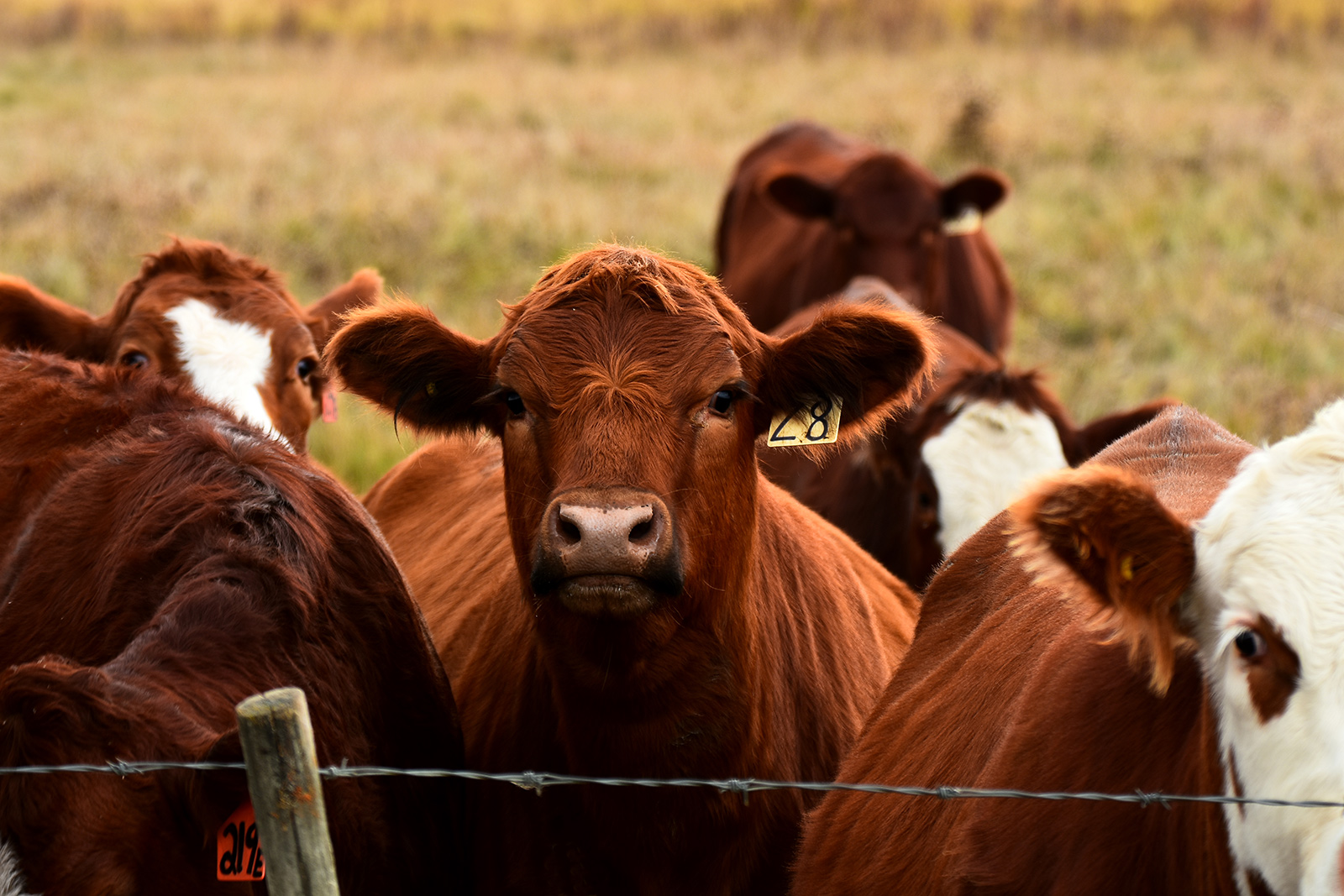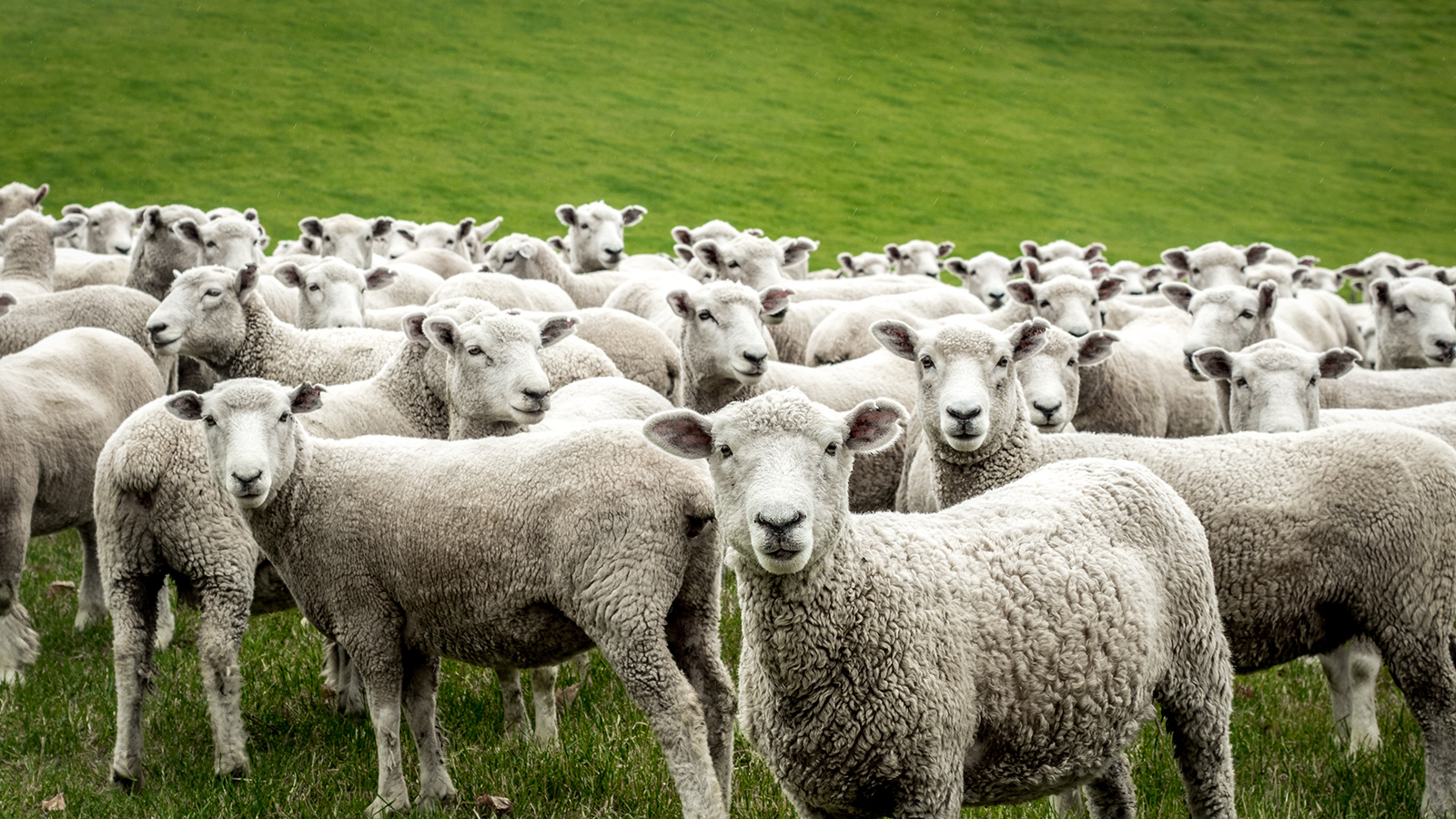Growing quality pasture is an asset for dry stock farming. For both sheep and beef farming in New Zealand, being able to obtain a large part of production from pasture, typically the rye/clover sward, is advantageous.

Agricultural lime is a natural material and compared to other soil ameliorants has minimal effect on the environment. By correcting soil pH conditions, agricultural lime encourages grass and clover growth as well as legumes, which all thrive in soils with a pH higher than 6.2.
Agricultural lime lifts soil pH. This reduces the negative impact of aluminium and manganese in low pH soils. Improved soil pH also encourages worm and bacterial activity. This activity aerates the soil, improves drainage and enhances grass and clover growth. In addition, good soil structure helps decomposition, making nutrients more readily available to plants. This promotes healthy root development, essential for healthy pastures.

Caution is Needed:
- Farmers need to be aware of the risks of grazing dry cows in late pregnancy on recently limed pastures
- Agricultural lime can have a negative effect on cows in the transition period leading to calcium deficiency (milk-fever)
- Cows naturally defend themselves against milk-fever by mobilising calcium in their bodies
- If pregnant dairy cows (springers) ingest calcium through lime particles still around on recently limed pastures pre-calving, the cow's metabolism tells it that it doesn't need to mobilise calcium as there is enough in its diet
- When the cow does calve though, it is unable to mobilise sufficient calcium in its blood and may "fall over" with the condition hypocalcaemia or milk-fever
- Aglime is designed to be spread from ground spreading trucks only.
Graymont’s Aglime products can help farmers achieve cost effective results. For Dry Stock Farmers working hilly and steep country, Graymont has developed AeroLime® for spreading from aerial topdressing aircraft. AeroLime® is currently produced only at Graymont’s Oparure site in the North Island.
